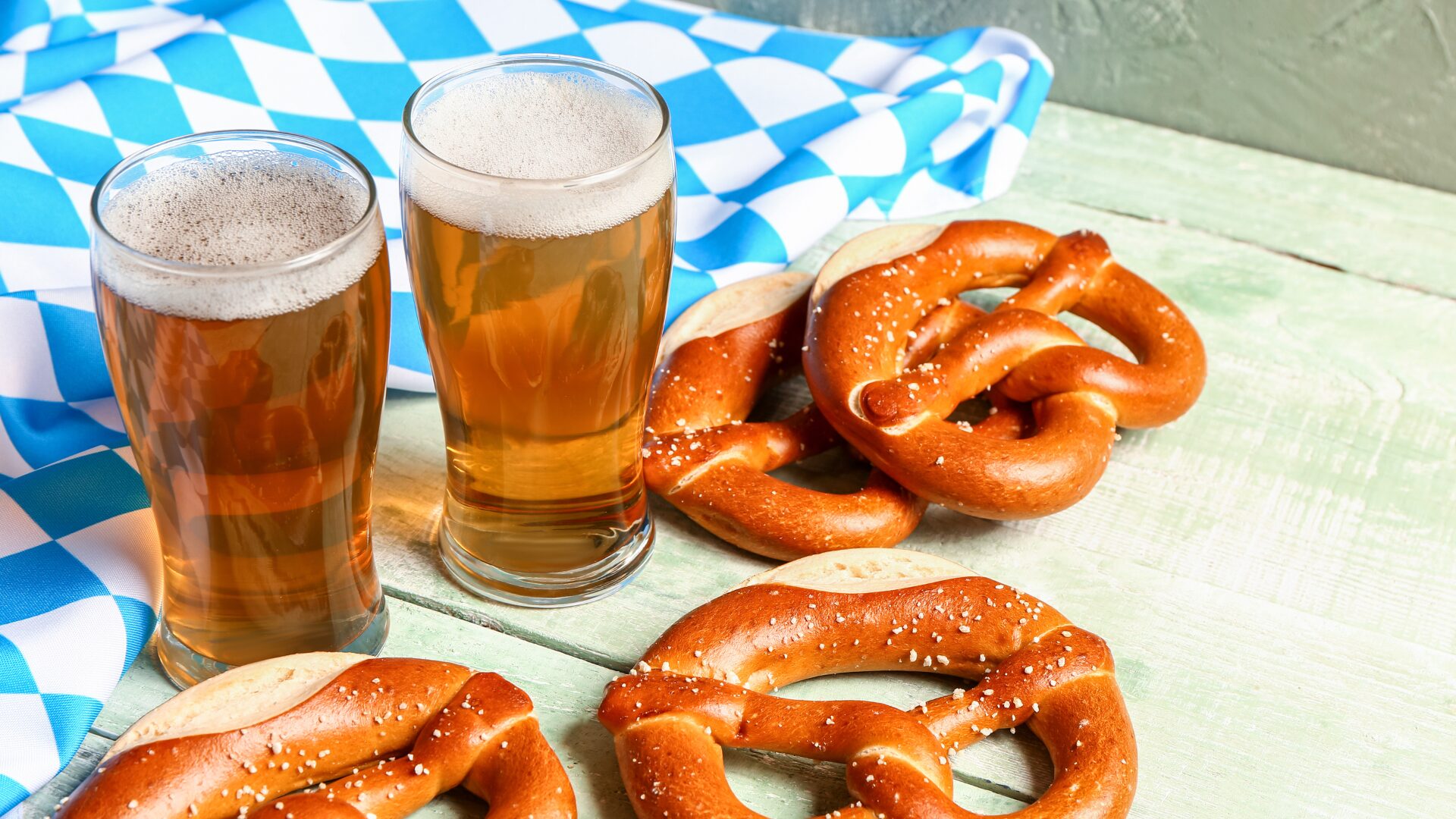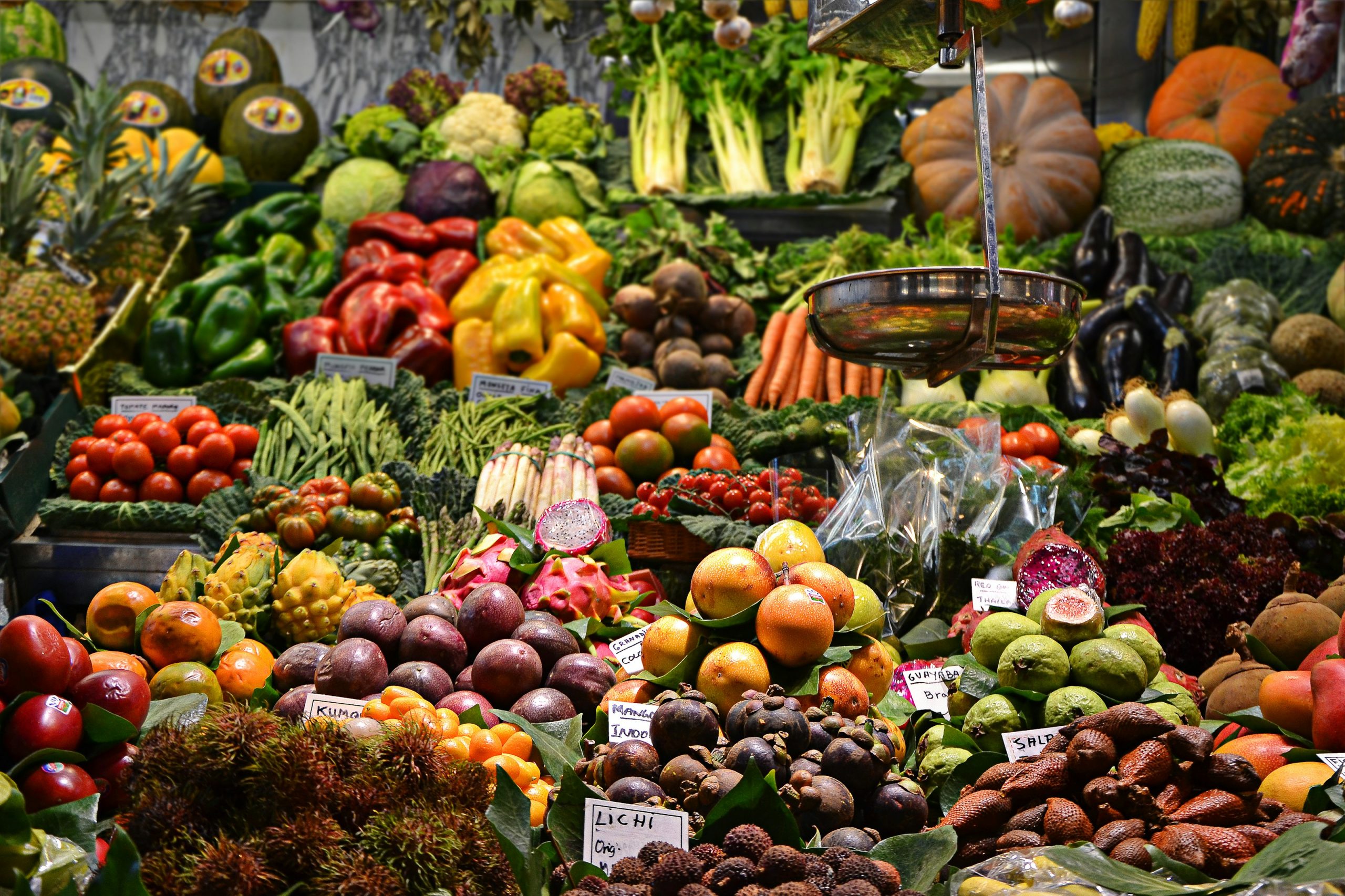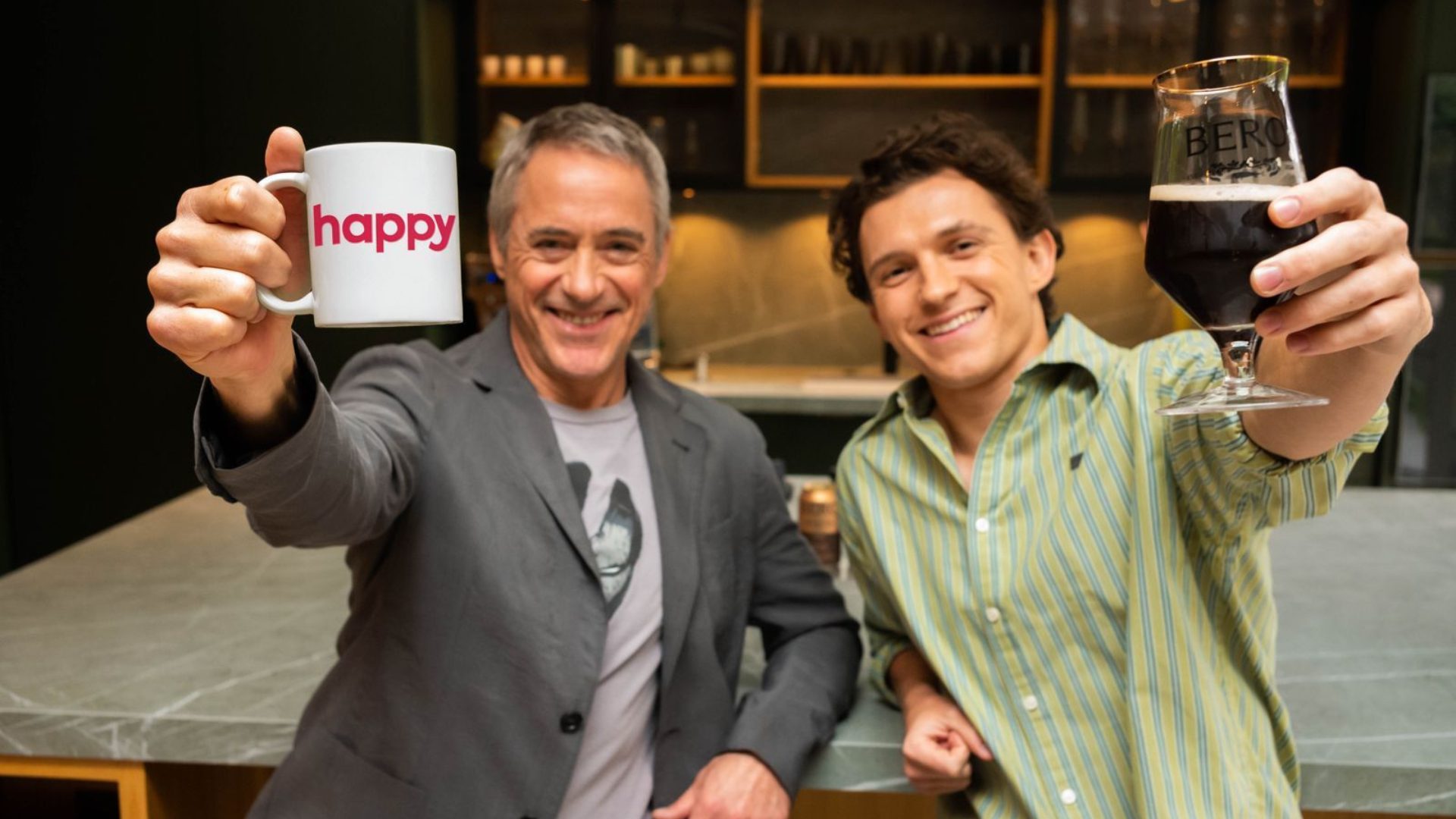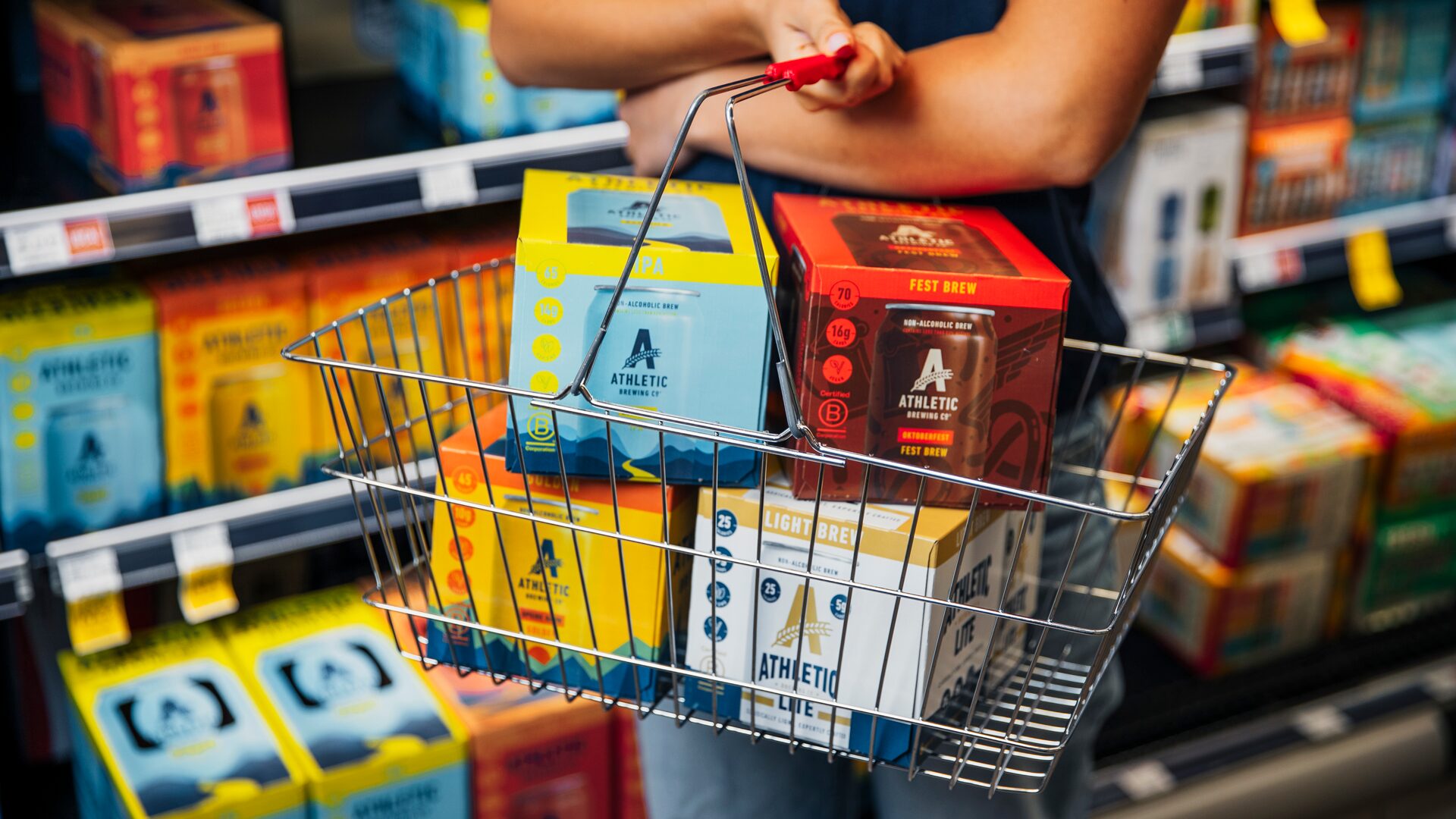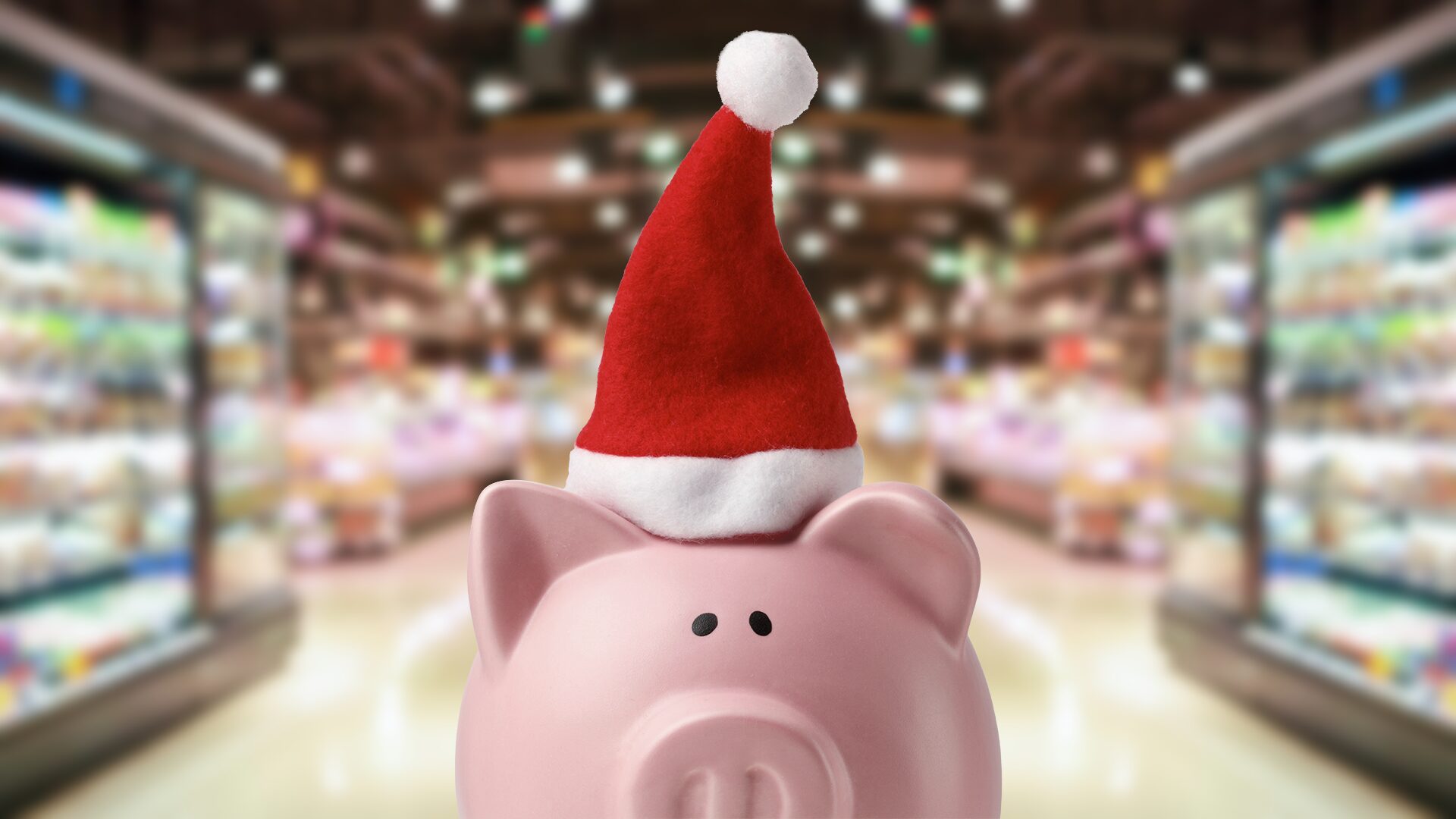Non-alcoholic beverages have been generating quite the buzz lately, which is extra impressive given their 0.0% ABV, with a bevy of new alcohol-free beverages on the market.
According to NielsonIQ, dollar sales of alcohol-free beer, wine, and spirits increased 35% year over year, amounting to $565 million in 2023.
And this year, the emerging category is even showing up at the world’s most famous beer festival – yep, the big one in Munich, Germany.
Oksoberfest?
16 out of 18 large beer tents at Oktoberfest 2024 are serving zero-proof libations throughout the 16-day celebration, enabling attendees to hang out without a hangover. We’ll Prost! to that.
NA brews now account for 10% of the total volume at Weihenstephan as well, the world’s oldest brewery also in Munich, according to The Associated Press.
“The people are unfortunately – and I have to say that as a brewer – drinking less beer,” said Tobias Zollo, head brewmaster at Weihenstephan.
NA beer is old news for Weihenstephan, who began testing the alcohol-free waters in the ‘90s, but more and more breweries are joining them as the sector continues to gain traction.
For more established brands, this often means topping off existing lineups with AF beers like Guinness 0.0, Heineken 0.0, and as of September 30, the first non-alcoholic blonde from Firestone Walker Brewing Company, 8ZERO5.
“We know the key elements that customers love about our 805 Blonde Ale, so we wanted to capture these elements in the non-alcoholic version,” said brewmaster Matt Brynildson. “Now we’re off to the races with a beer that can compete with anything in the non-alcoholic space.”
On the other hand, a few of the newer contenders like Partake Brewing, who’s bringing back its NA Oktoberfest brew by popular demand in 2024, are building their brands on a 100% zero-proof foundation.
So, what’s been driving it?
Health Concerns
People rethink their relationship with alcohol for many reasons, but health is often at the top of the list.
Decades ago, alcohol was classified as a Group 1 carcinogen alongside tobacco and asbestos, but its health risks became impossible to ignore when the World Health Organization stated that “there is no safe amount of alcohol consumption that does not affect health” last year.
Worse yet, 28.9 million Americans qualified for an alcohol use disorder that same year. And for this camp, it’s often best to kick the booze for good, as moderation becomes increasingly more difficult the further an addiction progresses.
Even without a full-fledged addiction at hand, alcohol can still do a number on physical and mental health.
“There’s a myth that alcohol helps us relax and de-stress, but the truth is that alcohol in almost any amount negatively impacts sleep and anxiety,” said Dr. Hrishikesh Belani, a primary care physician specializing in substance use disorders.
Even still, many would prefer to cut back over giving it up altogether.
Sober Curiosity
According to NIQ’s 2023 Non-Alcohol Report, 94% of NA buyers continued purchasing alcoholic beverages as well, suggesting that a clear majority of the consumer base is adopting a hybrid approach.
And thanks to the rise of the Sober Curiosity movement and month-long challenges like Sober October or Dry January, it can be a fun group activity.
Ian Andersen, co-founder and CGO of the mindful drinking app Sunnyside, attributes the growing movement to a combination of generational shifts, consumer preferences, updated research, and an influx of new non-alcoholic options.
“For many of us, having a cold beer at the end of the day or in social settings is more of ritual than a chase for the buzz,” Andersen told FI. “NA options satisfy that need while also allowing us to enjoy the buzz of being around friends.”
The Food Institute Podcast
Restaurant results for the second quarter weren’t stellar, but people still need to eat. Are they turning to their refrigerators, or are restaurants still on the menu for consumers? Circana Senior Vice President David Portalatin joined The Food Institute Podcast to discuss the makeup of the current restaurant customer amid a rising trend of home-centricity.


